Here is a list of 10 wild plants that you can forage for this summer, to make your own tea.
You will need:
Harvesting plants for tea is so easy to do. You don’t need any fancy equipment – just a pair of scissors to snip your plants, and an oven (or dehydrator if you happen to have it).
Finding the Wild Plants:
I’m sure you’ll recognize some of the wild plants from the side of road or perhaps you’ve been weeding them out of your garden all summer. I live in rural Alberta and most of the plants on this list are right here in my yard.
Always be sure to harvest healthy looking plants from areas that are free of toxic chemicals.
Making the Wild Plant Tea:
All of the teas, (except for #10), can be steeped fresh, or, dehydrated and stored for use in winter. Use about a table spoon of plants and steep for at least 15 minutes. I like mine with some raw milk and honey.
The last wild plant on this list is loaded with health benefits, but requires some extra preparation. We’ll end this article with a bang, with fermented fireweed tea or “Ivan Chai”. (get it…bang…fireweed…like fireworks…nevermind)
10 Wild Plants for Tea
1. Pineapple Weed
(Matricaria discoidea): Also known as Wild Camomile. They can be found growing in disturbed areas like the edge of your driveway or the side of a trail. They have little yellowish green cone shaped flowers. This is one of my favourite wild plant teas. Pick one, give it a little pinch, and smell…it smells like pineapple!
The flowers can be steeped for a relaxing, before bedtime tea, to help you digest and sleep.
2. Dandelion
(Taraxacum): Dandelions are an indicator that your soil is too compact, which is why you will see them growing up through concrete or along an old tractor trail across a field. Dandelions have yellow-orange flowers that open in the daytime and close at night. They are also known to “duck” when they feel you coming with the lawn mower. Their leaves grow from the bottom of the stem only (basal leaves).
The whole plant is edible and has many detoxifying qualities. The leaves can be steeped fresh or dehydrated for later. The roots can be chopped up and roasted in a hot oven for 1-2 hours. Many people use dandelion root tea as a substitute for coffee.
3. Shepards Purse
(Capsella bursa-pastoris): Shepards Purse is also known as Mother’s Heart. It can be found in soil that has been disturbed (like your garden). I like the name Mother’s Heart because it helps me remember the shape of its leaves (hearts) and the feminine healing qualities of the tea.
Shepards Purse tea has been used for centuries as herbal medicine for circulatory problems and menstral disorders, such as heavy bleeding. Harvest the stems, leaves, and flowers for tea. The peppery flavour also makes it a nice culinary ingredient.
4. Red Clover
(Trifolium pratense): Clover can be found on roadsides, in your lawn, or field. Their colors range from white, to pink, to purple. Choose the brightest flowers to add a natural sweetness to your tea.
Red clover is high in protein, B vitamins and vitamin C. Like shepards purse – red clover is traditionally used as herbal medicine to treat hormonal issues. Red clover also contains minerals like magnesium and potassium.
5. Creeping Charlie
(Glechoma hederacea) Creeping Charlie is also known as Ground Ivy. It prefers moist shady conditions, and can be found throughout your lawn or tree margins. In the spring they have small purple-blue flowers. Although it’s invasive, I kind of like having a purple flowery lawn in the spring. Creeping Charlie is part of the mint family.
It used to help treat congestion and many other respiratory problems. The leaves can be steeped for a stimulating, antibacterial tea.
6. Pine, Spruce, or Fir Needle Tea
Tea made from the needles of evergreen coniferous trees is something that can be enjoyed all year. Pine, Spruce, and Fir needles have been used in survival situations to prevent scurvy, thanks to the high amount of vitamin C. They have been used since the 18th century to fight diseases and viruses, reduce fever, reduce inflammation and clear congestion.
I’ve even heard rumours that white pine needle tea contains suramin and shikimic acid which might be an antidote to the spike protein contagion (view source).
Eastern White Pine, and Nobal Fir are recommended as the best needles to make tea with. Avoid the more toxic Lodgepole Pine, Monterey Pine, Ponderosa Pine, Norfolk Pine (Australian Pine), Loblolly Pine, Common Juniper, and imitators like Yew. (view source)
7. Birch
(Betula family): Birch trees prefer well drained soil and can be found in abandoned areas or burned over areas. They have papery bark and their leaves have teeth of two sizes along the margins. I found some young birch trees popping up in a dying birch forest nearby.
The twigs and leaves can be steeped for a detoxifying, anti inflammatory tonic. Birch tea can also be helpful as a painkiller or reducing a fever. The flavour of birch tea is one of my top three favourites on this list. The leaves can be dehydrated to enjoy in winter, and the twigs can be harvested fresh from the tree all year.
8. Stinging Nettle
(Urtica genus): Stinging nettle is a popular western medicine used for treating hay fever and allergies. It loves damp nitrogen rich soil. It can be found in low sunny forested areas, along rivers or anywhere there is good soil. I found mine in the old birch forest. It was thriving on the loose clumps of soil that were turned up after a tree fell over. Wear gloves when you are harvesting stinging nettle…because it stings. The leaves are pointed and coarsely toothed. The flowers can be yellow, purple, green and white.
Stinging nettle contains vitamin C, A, K, and B vitamins. It’s a source of minerals like calcium, magnesium, phosphorus, potassium, iron, and sodium. Steep a few leaves to make a healing, anti inflammatory tea. It can also be a nice addition to soup.
9. Red Raspberry Leaf
(Rubus idaeus): Wild raspberries can be found along the edges of forests, in rich well draining soil. The leaves are pointy and fuzzy, and the stems are prickly (wear gloves). I found my wild raspberries right at the back of my yard along the tree line (amongst the thistles). Red raspberry leaf tea is being consumed in great amounts by every third trimester pregnant woman out there. It’s supposed to help tone the uterus, and speed up labor.
Although it’s a popular drink during pregnancy, anyone can benefit from red raspberry leaf tea. It contains B vitamins, vitamin C, antioxidants and minerals.
10. Fireweed
(Chamaenerion angustifolium): Fire weed tea is a centuries old, traditional Russian and European tonic called Ivan Chai. Fire weed grows where soil needs to be restored. It can be found in disturbed areas like logged clearings, or previously burnt areas.
Ivan Chai is a great tea for men as it improves prostate health. It is also great for relieving stress, improving digestion, boosts immunity, and promotes relaxation.
How to Make Ivan Chai (Fireweed Tea)
(Fire weed after bruising it, by rolling it between your hands)
Step 1: Harvest the healthiest fireweed leaves.
Step 2: Lay the leaves on a towel. Allow them to wilt at room temperature for several hours, until they are floppy.
Step 3: Scrub the leaves, a few at a time, between your hands to “bruise” the leaves. As you roll them between your hands, they will roll up. They should hold their shape once they’re done. I tried cheating by throwing them in the stand mixer to beat them up…it didn’t work. Use your hands.
Step 4: Place the bruised leaves in a glass or ceramic bowl and cover with a lid or plastic wrap. Leave the bowl in a warm (but not too warm) location. After a few hours the leaves will start to sweat and you’ll see moisture building up. Leave the lid on and shake it up.
Continue to do this for 48-72 hours. As the leaves ferment and oxidize, they will turn dark brown-black. The longer you let it ferment, the stronger the flavor. You can also add other flavours at this point by adding a drop of essential oil to the bowl (bergamot for earl grey).
Step 5: Once your leaves have oxidized to a dark color and develop a strong scent, you can go ahead and stop the fermentation process by dehydrating the tea. Place the leaves on a baking sheet and allow them to dehydrate in the oven at the lowest possible temperature with the door ajar. Or at 100 – 120 Fahrenheit in the a dehydrator. Check it every few hours, occasionally stirring the leaves around if you need to.
Store the tea in an airtight jar.
Stay Safe
Always be sure you have identified your plants correctly before consuming them. If you are not 100% sure, then leave it.
The information in this article in not medical advice. Have fun with it, and be safe.
Variations
Try having fun by adding any of these wild plants to your next meal!
- Use shepards purse or dandelions in a salad.
- Add stinging nettle to a pot of chowder.
- Make a healing cream with pineapple weed, or birch infused olive oil. Click here for my favourite easy-to-make healing cream recipe. .
For more, check out our Youtube video.
Have you tried using any of these wild plants for tea? What wild plants did I miss that I need to try?
Originally posted here: https://hive.blog/hive-120078/@alexanderfarm/make-your-own-tea-with-these-10-wild-plants
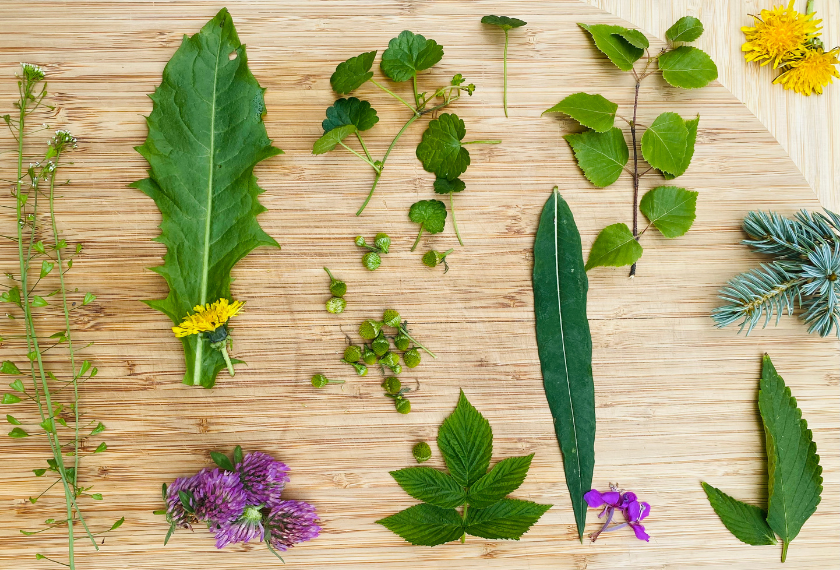

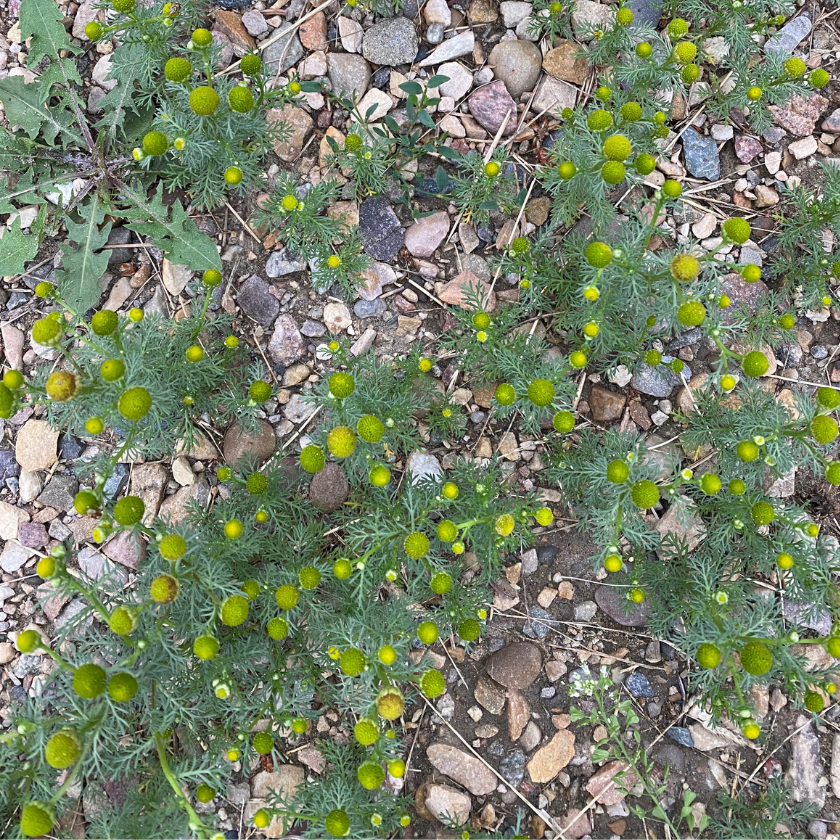
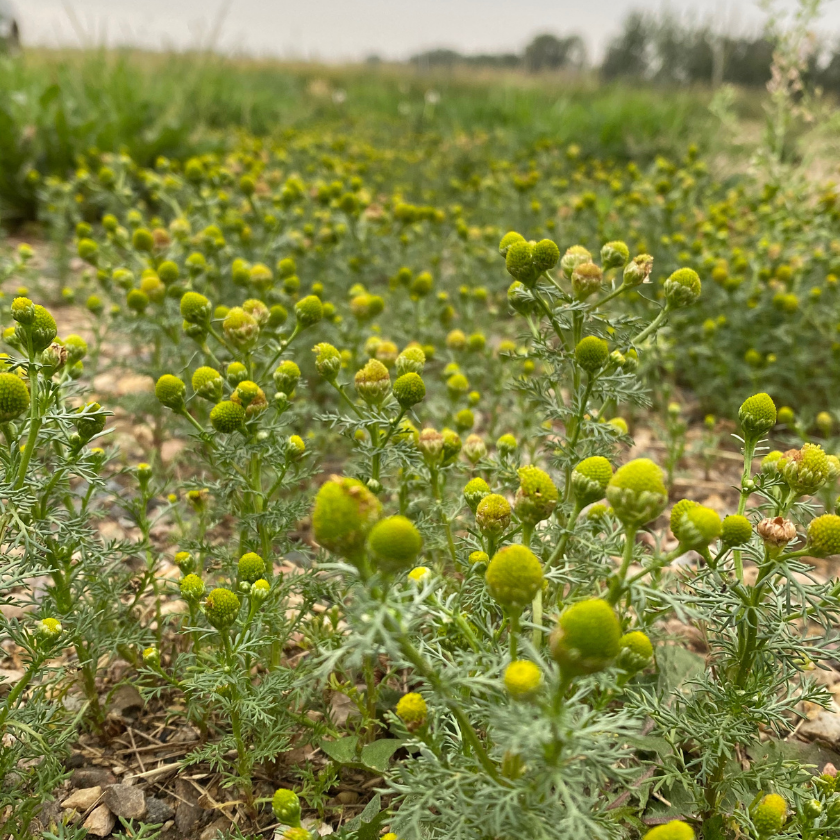
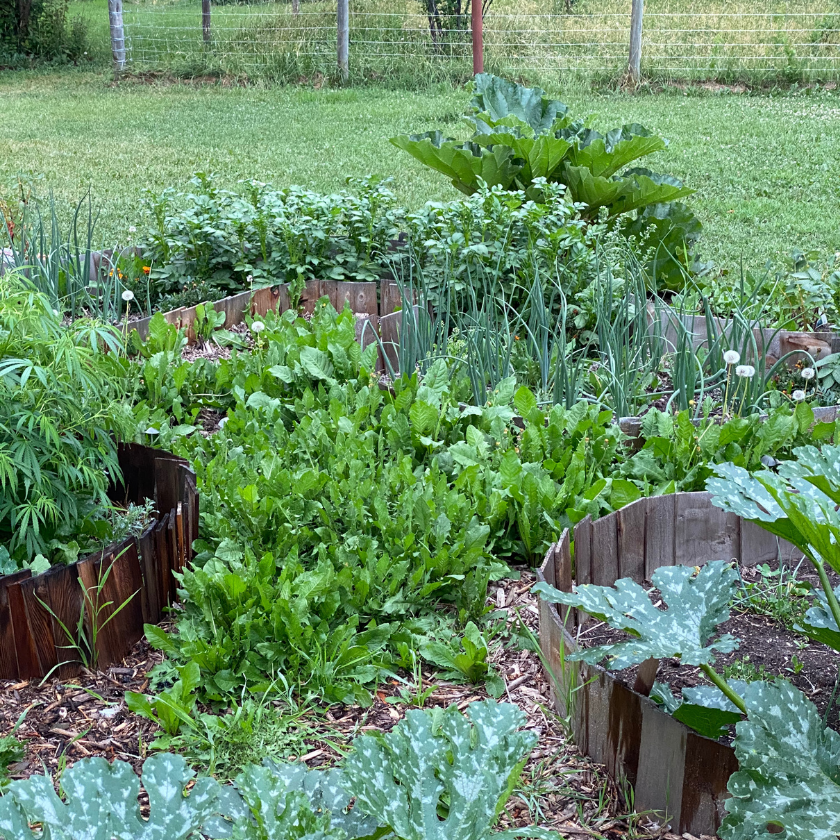
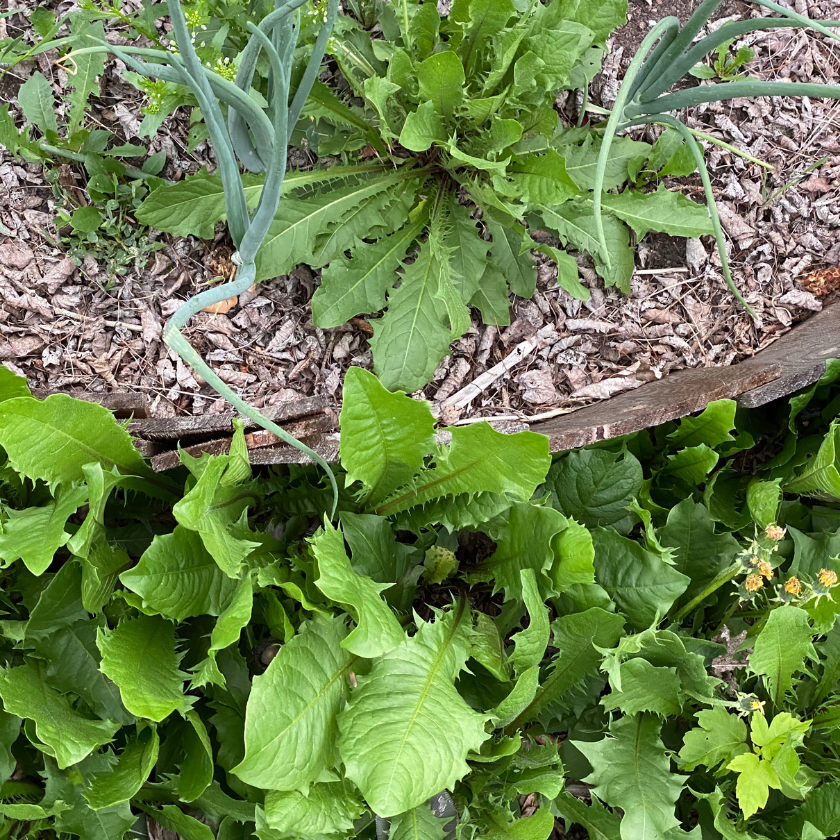

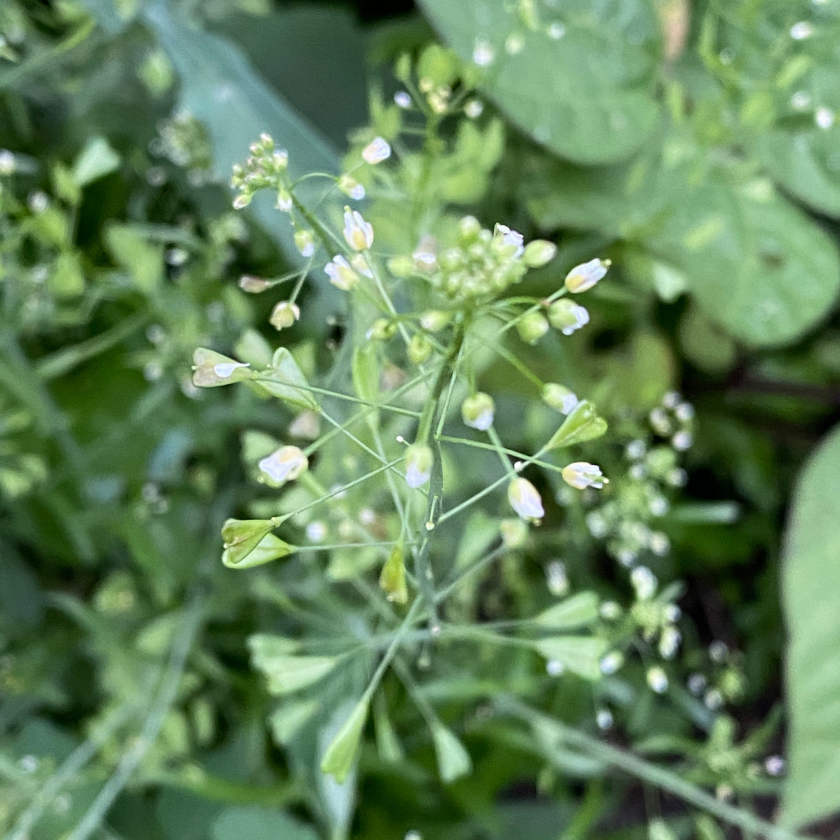
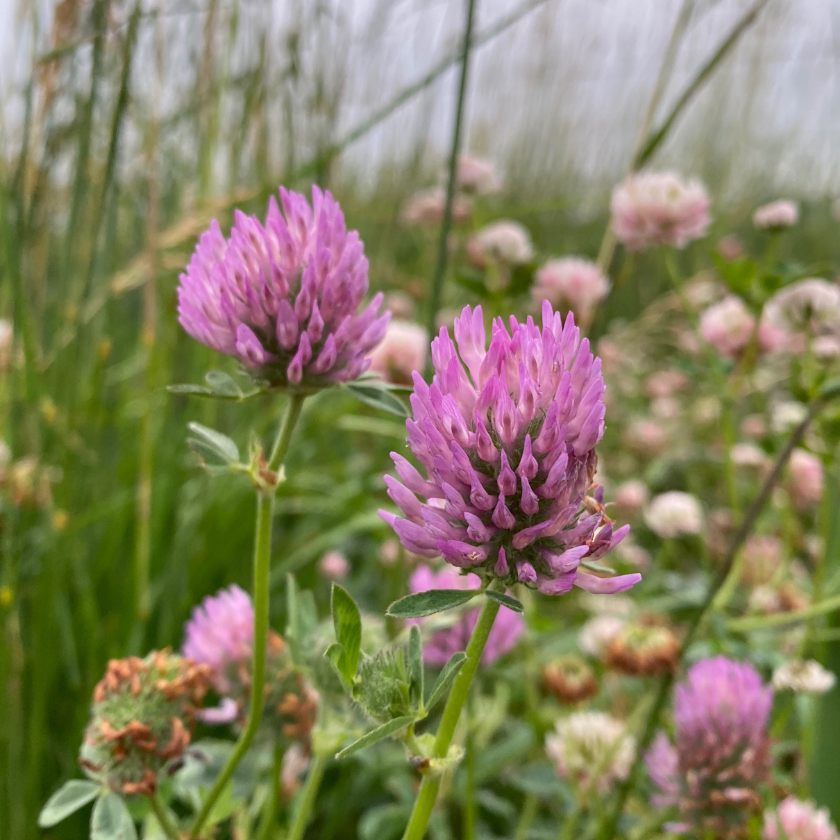
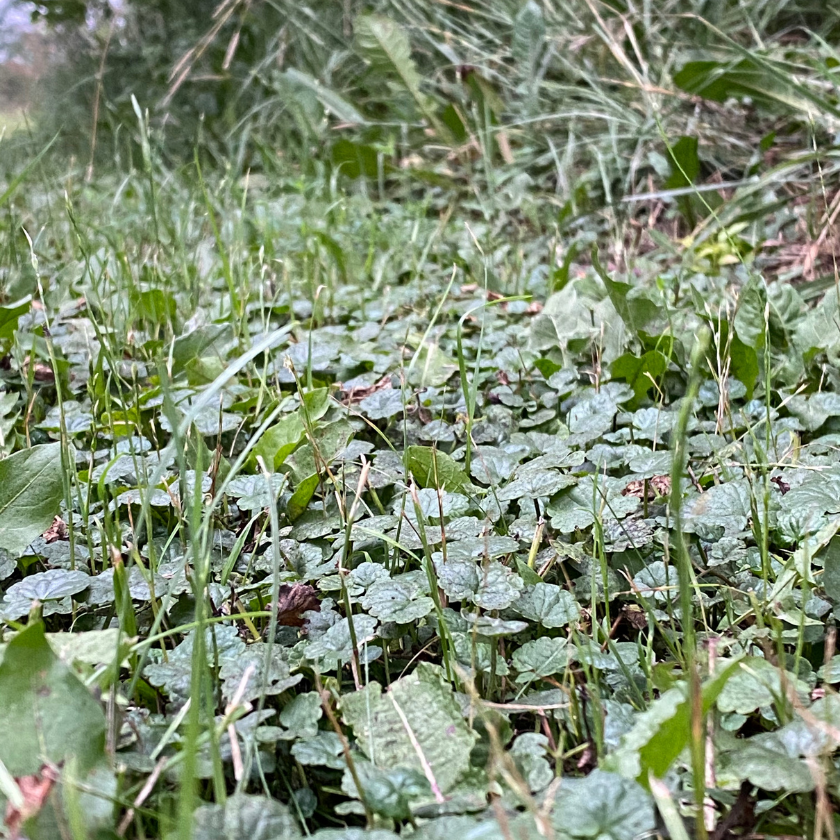
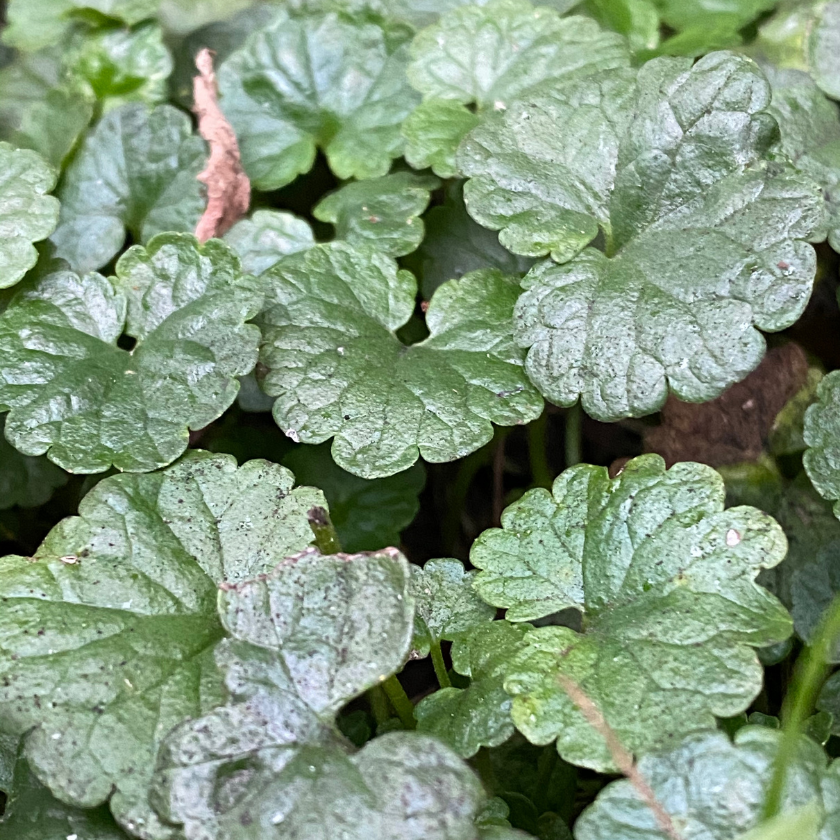
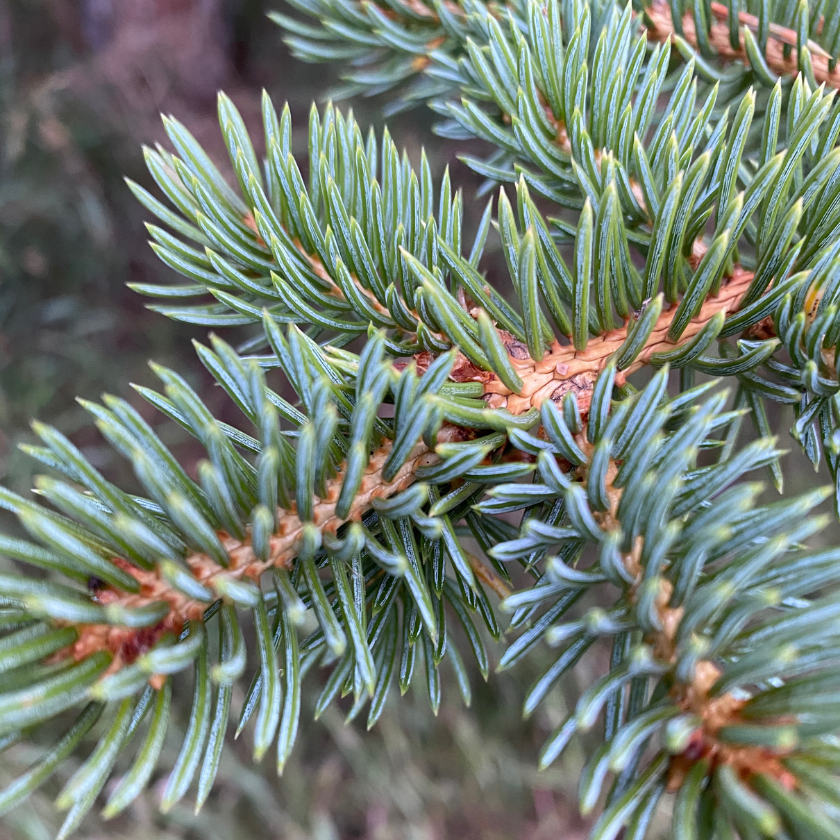
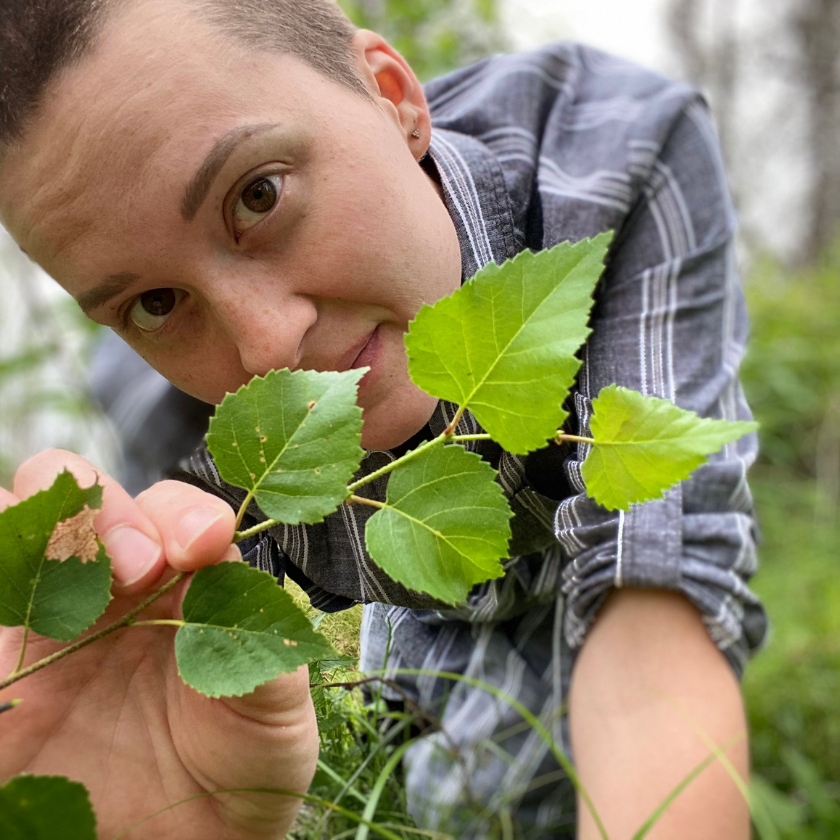
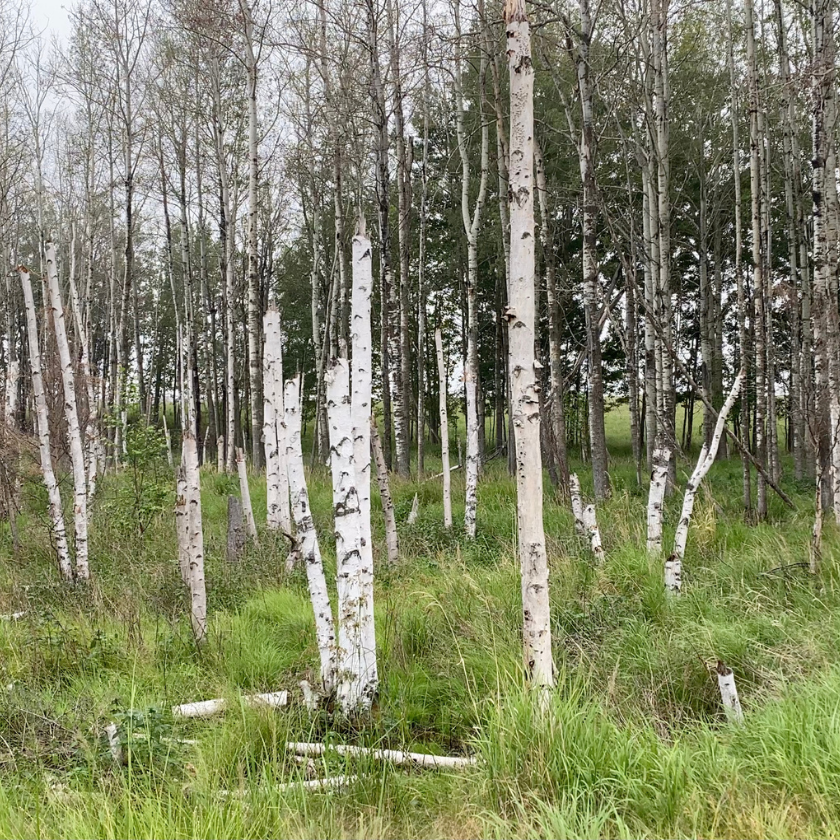
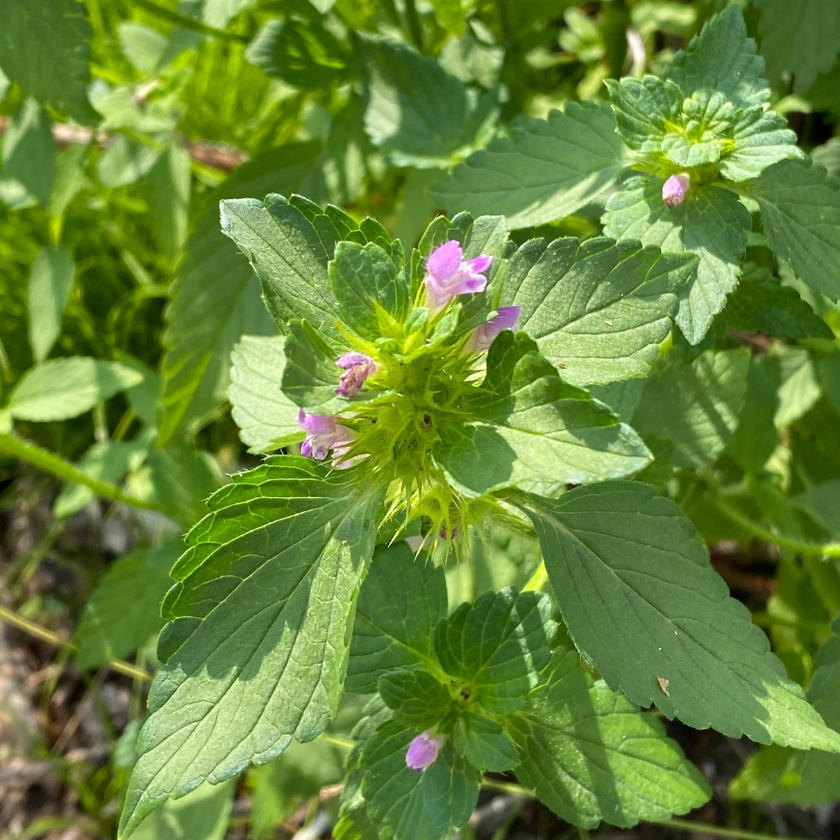
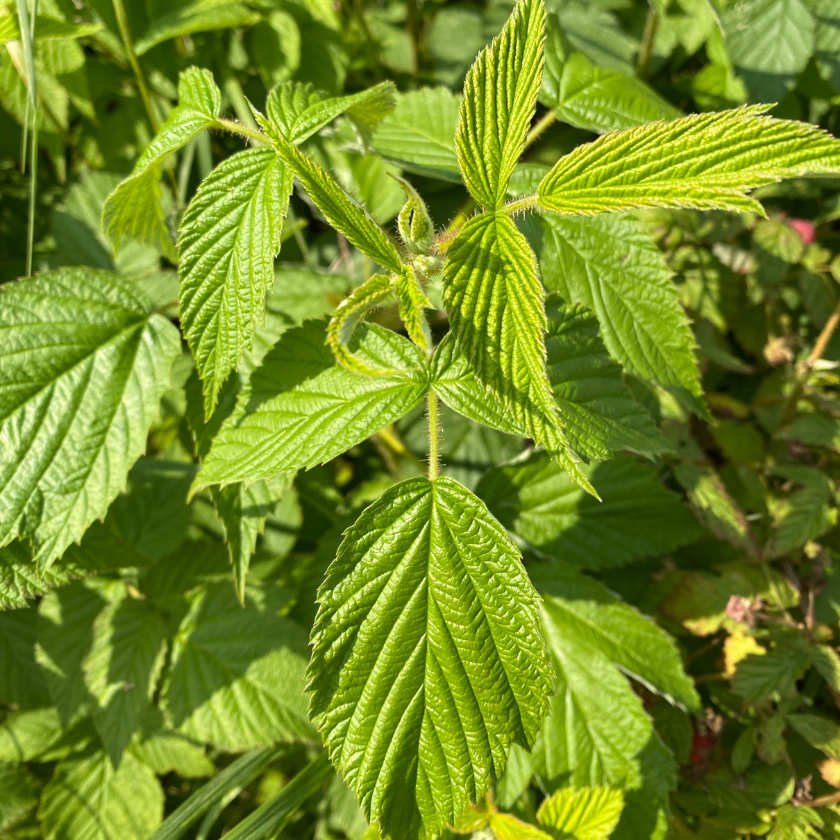
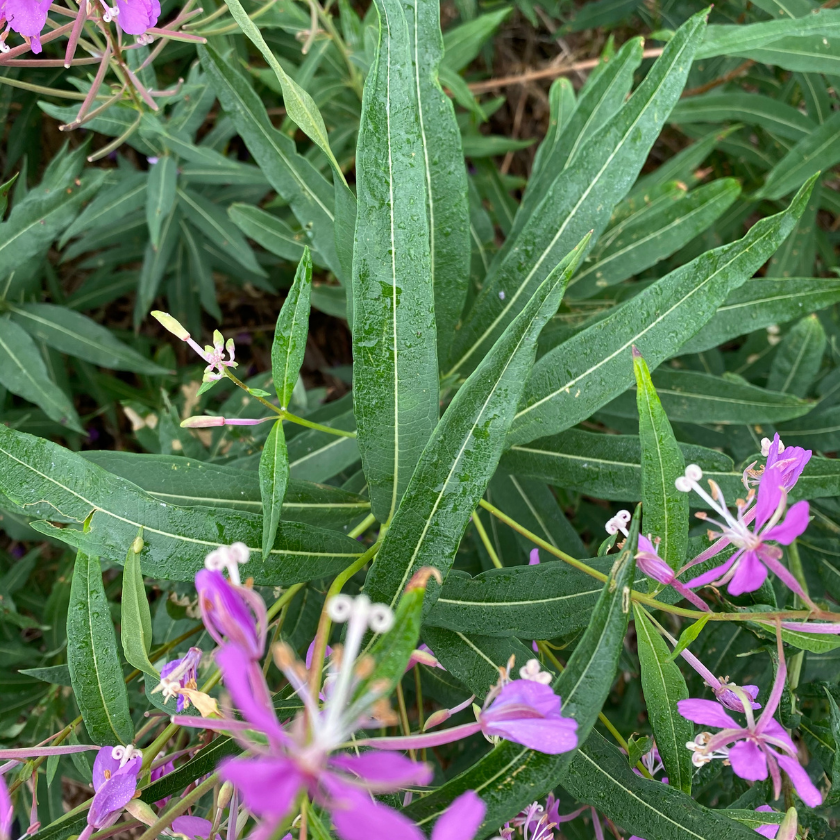
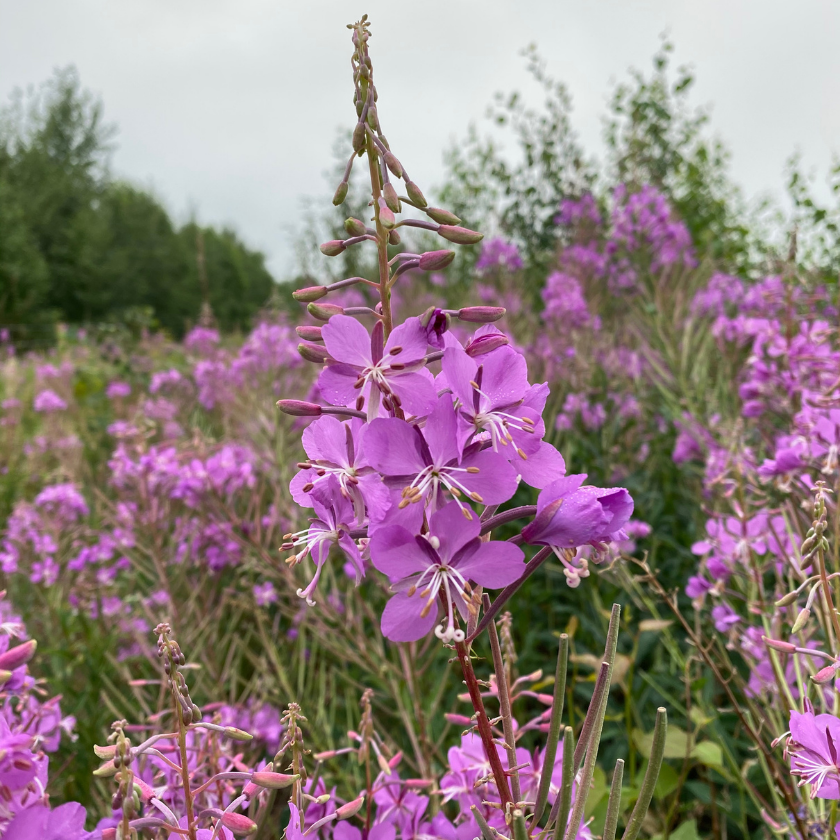
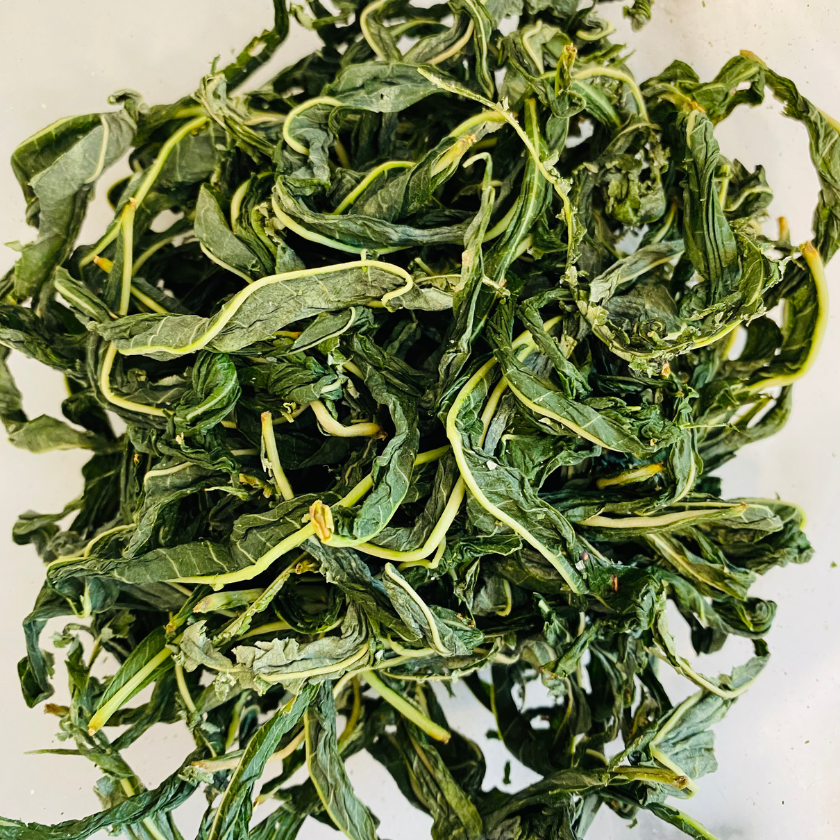
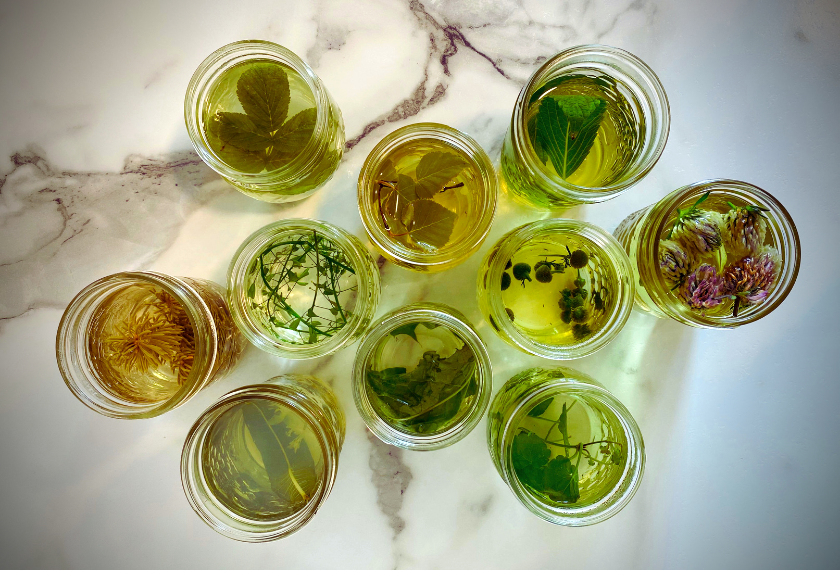
No comments:
Post a Comment